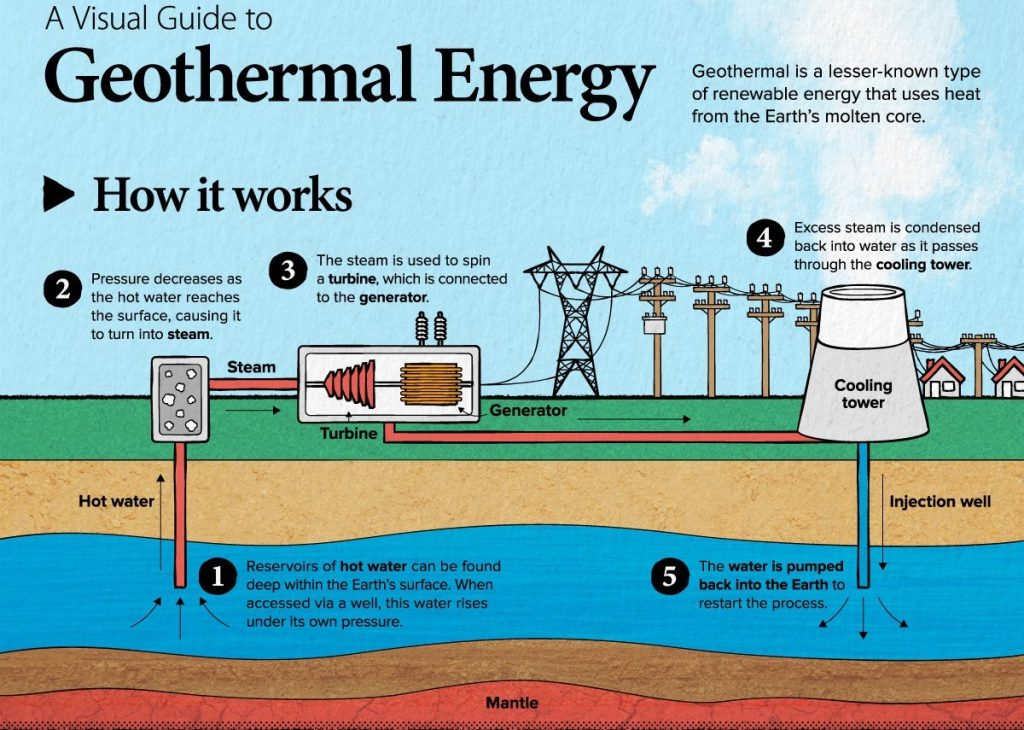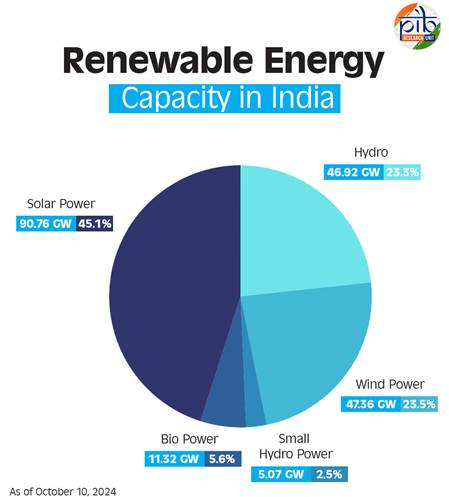North-East India’s First Geothermal Well in Dirang | 17 May 2025
Northeast India’s first geothermal production well has been drilled in Dirang, Arunachal Pradesh, marking a significant advancement in harnessing renewable energy in the Himalayan region.
Dirang Geothermal Project:
- About: It is Northeast India’s first geothermal energy project, aiming to make Dirang the first fully geothermal-powered town.
- The site, located between quartzite and schist near a major fault zone like those in the Himalayas, has a reservoir temperature of around 115°C, making it suitable for direct-use geothermal technologies.
- It aims to reduce dependence on diesel and firewood, improve agricultural productivity and living standards in high-altitude areas,
- It has potential to contribute to India's 10,600 MW geothermal potential by offering stable, base-load renewable energy.
- Technology Used: It uses a closed-loop binary organic Rankine cycle (ORC) system which uses geothermal heat to vaporize an organic fluid in a secondary loop, which drives a turbine to generate electricity.
Geothermal Energy:
- Geothermal energy is heat from the Earth’s interior, generated by radioactive decay. It is renewable, provides baseload power, available 24/7 as the Earth continuously produces heat.
- India has 381 thermally anomalous sites identified by the Geological Survey of India (GSI) with a potential to generate 10,600 MW, enough to power 10 million households.
- Key projects include a 20 kW pilot plant in Manuguru, Telangana and ONGC's 1 MW project in Puga Valley, Ladakh.
- India has established agreements with countries like Iceland (2007), Saudi Arabia (2019), and the Renewable Energy Technology Action Platform (RETAP) with the US (2023) for geothermal energy collaboration.
| Read More: Tapping Renewable Energy Potential in India |


